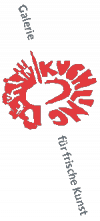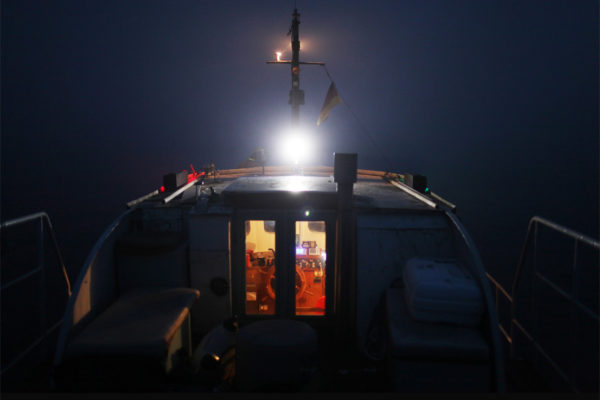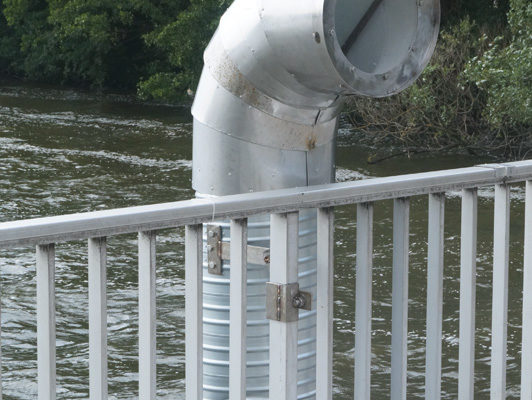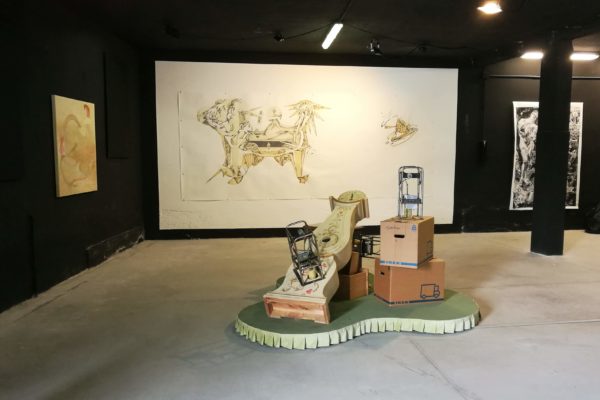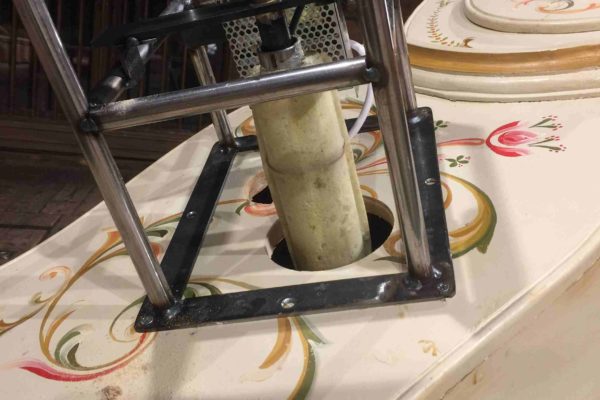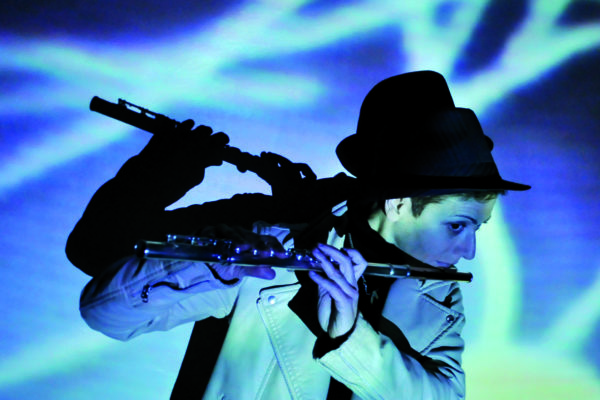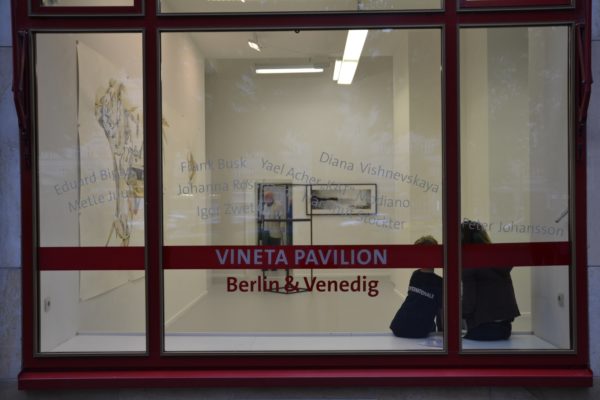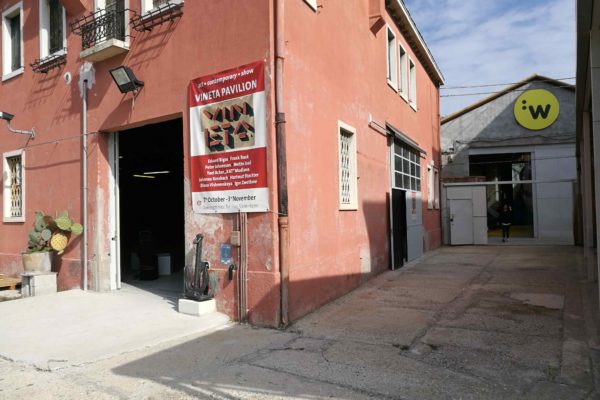Sometimes, in stormy times, I close my eyes, breathe deeply in and then out again, and dream of a place without troubles, where I’m free and can live as I wish. Light spots flicker behind my eyelids, I hear my breathing become more even – like the soft rhythm of a distant sea, whose waves are breaking tirelessly upon an unknown coast…
The longing for a perfect life in a paradise-like location is perhaps as old as the realisation that the ideal and reality do not always equate to the same thing. Already in 360 BC, Plato describes the mighty island of Atlantis, rich in natural treasures, whose inhabitants were the descendants of the god Poseidon and his human lover, Kleito. All could have been perfect had man not been so human. The further removed the younger generations became from their divine origin, and the greater the power of the island state, the more arrogant the inhabitants of Atlantis became. To punish them, the gods sunk the island into the sea. Plato, who shows with Atlantis how difficult it is to maintain a state of perfect balance despite ideal preconditions, marks its narrative from the very outset as a myth, as a philosophical thought game. But perhaps there was an ideal place, which about two thousand years later had a similar destiny as Atlantis, but which contrary to the Platonic myth, is more than a legend: Vineta.
A reference to the “island washed by three seas” first appeared in 965 in a report from the Hispano-Arabic merchant Ibrahim ibn Jakub, who travelled to Western and Central Europe as the envoy of the Caliph of Córdoba. He described “Weltaba” as a large city on the ocean with 12 gates and a port, whose tremendous force threatened the Polish Duke Mieszko. The Deeds of the Bishops of Hamburg (circa 1075) from Adam von Bremen is another important source concerning the history of Vineta. The “very important city of Jumme” is described as the largest of all cities in Europe and within which Slavs, Greeks, Barbarians and other peoples live peacefully together and engage in lively trade (as long as they do not profess their Christianity during their stay). The third important source is Helmold von Bosau, who wrote the so-called “Chronicle of the Slavs” around 1168, and writes about “Jumneta” (later “Vinneta”) in the past tense: the city no longer existed at this time. There are different theories concerning the sinking of Vineta, but according to legend, Vineta sank into the depths of the sea with a storm of water. The city had appeared to the inhabitants as a glimmering light formation over the sea, which the elders recognised as an omen and called for the inhabitants to flee. But the Vineter stayed in their city and ultimately went with her. The reason for the downfall was the moral decline of the city – the arrogance of the Vineter made them blind to the danger.
Ever since, many have tried to locate the sunken city: in the southern Baltic Sea between the Polish Wolin and the town of Barth, which is situated near Rügen, there are several places where Vineta is suspected to be.
But it is not only the search for the legendary place, but also the legend associated with it, in which different peoples lived peacefully together without the rule of one, and who finally failed themselves, that has inspired poets, composers and filmmakers for centuries: Wilhelm Müller, Heinrich Heine, Theodor Fontane, Gerhart Hauptmann, Selma Lagerlöff, Christian Morgenstern, Erich Kästner, Günter Grass, Jura Soyer, Johannes Brahms and Werner Funck, just to mention a few. And so it is not surprising that Vineta has even found its way to Berlin: in Pankow (Vinetastraße), in Gesundbrunnen (Vinetaplatz) and now also in Friedrichshain at Galerie Kuchling, which also has its first “Vineta Pavilion” in that city in which water, myth and art have formed a unique unity until today: Venice.
Whilst at the Biennale di Venezia, the well-known national pavilions stand next to one another, each claiming to represent the identity of their respective countries, Galerie Kuchling, in cooperation with Rolf Kuchling, breathes new life into an independent exhibition project with the legend of Vineta. The Vineta Pavilion stands for a fresh understanding of art in which it is not defined by nations, art institutions or market trends. With their pavilion of the legendary, cosmopolitan city of Vineta, the creators questioned the meaning of countries and states, whose borders – especially at the Biennale, but also elsewhere – are still regarded as defining outlines of art and culture. A total of nine international artists from different genres create the Vineta Pavilion in Berlin and Venice, whilst interpreting the myth of the legendary place in a new way: Eduard Bigas, Frank Busk, Mette Juul, Peter Johansson, Yael Acher “KAT” Modiano, Hartmut Stockter, Johanna Rossbach, Diana Vishnevskaya and Igor Zwetkow.
Eduard Bigas *1969 in Parafrugell (Catalonia), lives and works in Berlin
„I am trying to visualize and create my own Vineta, in my way. [It] could be some kind of fantasy city between reality and fantasy in some way. Some kind of mix of Pompeii and Mars.“
Eduard Bigas’ drawings and paintings are surreal formations, figures and landscapes, with often organic forms. With the greatest of ease, Bigas moves on the border between fantasy and reality, between abstract and figurative, between floating colours and the finest, defining lines. In his drawings the Catalan proves himself a master of the graphic line and finest details. In his paintings, he also demonstrates his extraordinary flair for harmonious and poetic use of colour. For the Vineta Pavilion in Berlin, the artist has put his very personal interpretation of Vineta on paper in the large-scale drawing “Somewhere between Pompeii and Mars”. Like a powerful dream-vision, the city appears to float on the surface of the paper. One wants to pursue every detail, however small, but at the same time absorb the effect of the whole drawing in its entirely. Bigas’ drawing conjures up the fascination of the sunken city, which Heine so aptly describes in his poem “A Sea Phantom”:
But I still leaned on the edge of the vessel. Gazing with sad-dreaming glances, Down at the crystal-mirror water, Looking yet deeper and deeper. ‘Till in the sea’s abysses, At first, like quivering vapours, Then slowly, slowly, deeper in colour, Domes of churches and towers seemed rising, And then, as clear as day a city grand.
Frank Busk *1970 in Denmark, lives and works in Copenhagen
“An interesting part for me is the water. And water is reflecting the light. There is a lot of opportunities to make something visionary with the water and the light.“
Frank Busk combines traditional printing techniques such as the woodcut, wood engraving and linocut with modern techniques such as screen printing and digital image processing. In his impressive work, he brings together sketches, first prints, or scans of freshly-cut printing plates with new, innovative forms. His works, often printed in vivid colours, show enlightened visions of cities and landscapes, with a focus on the interaction of man, nature and society. For Vineta Pavilion, the artist has designed a total of four prints. In the largest work, “The Myth of Vineta”, Busk staged the downfall of the mythical city as a gloomy, apocalyptic vision, in which the luminous island sinks into the dark depths of the sea. In his three monotypes, the Dane contrasts the strongly printed outline of a female figure with underlying ornaments and colour patterns. Vineta appears here as a glimmering, flickering vision of an unreachable, fragmentary female figure, which seems to float between reflections of light, water and the memories of the ornate decorations of the once glorious city. The gaze into the reflective and, at the same time, dark surface of the water is a view into the subconscious.
Peter Johansson *1964 in Själen (Sweden), lives and works in Malmö
„I simply want to blow up the traditional image of family and the importance of family ties, if so with a sausage. You take what you have. Out of its garbage, like an Atlantis, similar to the story of Vineta, will rise a human and loving, new visionary building between people.“
The Swede Peter Johansson is not afraid of the stereotypes of his home country, on the contrary: they form the heart of his works. He shakes them, sabotages them, caricatures them, reduces them to their essence and creates something entirely new with images, sculptures, installations and films, but which always refer back to the origin context. In the Vineta Pavilion, Johansson presents his mechanical sculpture “To Hell with the Family”, combining different interior pieces typical of his Dalarna homeland: an old commode and its drawers, and a Swedish Mora clock which rests next to two stacked Ikea boxes. All are connected by metal machinery, with which the Swedish Falukorv sausage is normally produced. The machine moves incessantly and penetrates rhythmically the clock, boxes and the commode. With his sculpture, Johansson explores impressively his complex relationship with his origins, and illustrates that something new and visionary can emerge from a painful experience – just as the decline of Vineta has been and continues to be a source of inspiration for literature, music, film and art.
Mette Juul *1977 in Randers (Denmark), lives and works in Copenhagen
„I like the myth. I like the idea of a pre-existing country that was very special. [The myth] is a wonderful tool to spark imagination, to spark curiosity about.”
Mette Juul works primarily with photography and film. For her photographs, she uses images from her personal archive, with which she develops narrative structures – distancing herself from the moment the photographs were taken. The cultivation and further development of this archive is an ongoing process for the artist, which finds its final expression in her respective works of art. Juul also uses prints, pictures from books, or smaller finds, so-called “ready-mades”, in her works. In the Vineta Pavilion the artist displays two video installations, which she combines with an oversized photographic work. In “Learning as an Aspect Changing Practice,” Juul documents human learning behaviour in a parallel montage: while a group of women are trying to make an old record player work again, two men in a boat are looking for their way to the Baltic Sea. In “The Suitcase”, an empty suitcase falls into the water, drifts under water, becomes tangled up, and remains under. The calm, documentary-style shot and slow narrative give the observer room to speculate: Will the two men find their way? Where do they want to go? Who owns the suitcase and what is its story? – And suddenly we are in the middle of the act of fantasising, storytelling and a step closer to the creation of the legend of Vineta.
Hartmut Stockter *1973 in Wilhelmshaven, lives and works in Copenhagen
„The idea [of the Underwater Immigration Office] was that the fish in this lake could stick their heads in and get an immigration permit for this lake … For me the project would not be so much about that, it would be more like a picture for something or an allegory for something that is happening now.“
Hartmut Stockter is an inventor and a researcher with a fine sense for observation and a special sensitivity for natural spaces and their inhabitants, which sometimes also happen to be human. Stockter, who describes himself as a “day tripper”, constructs sculptures and installations from different materials such as steel, wood, brass and rubber, and which are mostly directly related to the natural space around them. To Berlin and Venice, the artist brought his Underwater Immigration Office, a large-scale periscope originally installed in water, at the end of which the office of the title is found. However, the bureau, which is normally intended for fish, is given a whole new meaning in the context of the refugee crisis and Brexit, which in turn refers to Vineta: that different peoples and tribes can live together peacefully, without official documentation, seems from today’s perspective seems like an utopia.
Johanna Rossbach *1979 in Dresden, lives and works in Copenhagen
„For Vineta I will try to make it possible for the observer to be a pinhole camera because that is what fascinates me so strongly to work with the black box, the simple black box that just reads light and shadow. I want to try to give people this experience to slow down from their everyday life and come into this state of mind where you can see your own reality in a very strange condition.“
The pinhole camera is at the centre of the artistic work of Johanna Rossbach, who also works as an architect. This special yet simple photographic technique makes ephemeral, magical moments from everyday events. It takes an average of about fifteen minutes to make a shot with a pinhole camera. The photographs that result from this are not snapshots, but rather a concentration of light, shadow, time and movement, which are visibly fixed on the respective image carrier and at the same time refer back to themselves. In the Vineta Pavilion, Rossbach, who builds all her own cameras, designed a so-called Camera obscura – an oversized pinhole camera. If the visitor looks into the Camera obscura, she or he can view their otherwise familiar surroundings as a ghostly world. This special visual experience is complemented by a fascinating “vinetic” mirror-object and the large pinhole camera photograph “Leaving Vineta, Vineta Leaving”, which, with its gloomy, mysterious view of the sea, once again captures the spirit of the sunken city.
Diana Vishevskaya and Igor Zwetkow *1988 and *1981, live and work in Ventpsils (Latvia)
„What is interesting about Vineta is that in many countries there is such a myth about a sunken mystical place which are known to be very developed and free but then disappeared completely. Such an image of a perfect place, a fairy city, a dream city. Many artists were talking about Vineta society like an alternative of real society. It was very interesting to see the way the artists work, these ways differ a lot … All these differences and similarities we tried to capture in our videos.“
The complex image world of Diana Vishevskaya and Igor Zwetkow moves sometimes on a thin, vibrating graphic line, othertimes resting on the powerful imprint of a monotype and often on the shimmering surface of a film. For Vineta Pavilion, the artist duo have visited, interviewed and documented all the artists involved in the project, in their studios or homes. The result are sensitively observed and carefully edited portraits, which capture each particular character in her or his peculiarity, reflected in the language of the film. The search for Vineta takes place here in the visually documented encounter.
Yael Acher “KAT” Modiano *1963 in Tel Aviv, lives and works in New York
Thinking about Venice and about Berlin, so you can say in a way both cities have been sinking or maybe are sinking …. Venice is sinking slowly, slowly. Berlin was sinking at some point right between the First World War and the Second World War. And the Weimar Era is also an incredible era of changes and transformations. So sinking is a way of transforming, transformation and it is also going into something like subconscious, into the unknown…like a transformation into another kind of existence.“
The musician and composer Yael Acher “KAT” Modiano is fascinated by the expressionist silent films that appeared during the Weimar Republic. Along with her flute, her eclectically-composed electronic soundtrack, great creativity and musical intuition, she creates breath-taking soundscapes for legendary silent films such as “Metropolis”. For Vineta Pavilion, she will present live a contemporary soundtrack for a projection of the silent film “Different from the Others” (1919) during the Berlin Art Week. The film, conceived by Richard Oswald and the sex researcher Magnus Hirschfeld, is the first film to deal with homosexuality. The film appeared during the Weimar Republic, a time when there was no film censorship. Shortly after its release, however, the film fell victim to rigorous censorship. The film was largely destroyed and only decades later was it painstakingly restored.
